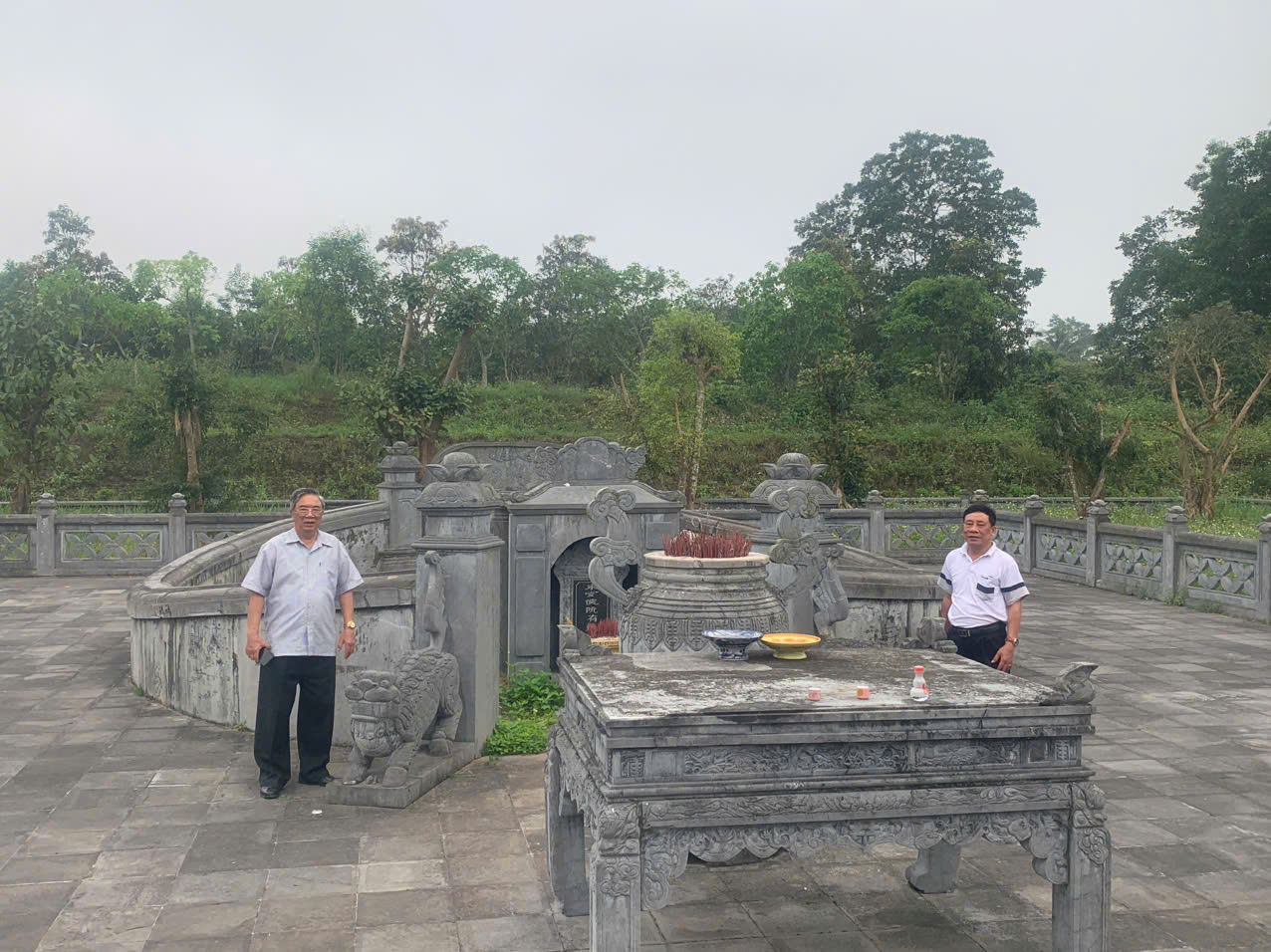
The folk song mentions a southern land of the Fatherland, that is Dong Nai, Saigon was formed more than 300 years ago. That land is closely associated with the name, achievements and career of a very proud son of Quang Binh , that is Le Thanh Hau Nguyen Huu Canh, who had the merit of opening up the southern land.
Nguyen Huu Canh's tomb is located on a high, airy hill of An Ma mountain range in Truong Thuy commune, Le Thuy district. Nguyen Huu Canh was a mandarin with great contributions under the Nguyen lords in fighting the enemy, expanding the territory, and shaping the territory of Vietnam into a unified nation. In the history of Vietnam, Le Thanh Marquis Nguyen Huu Canh (1650-1700) has always been admired and given special attention by later generations. Because he was a famous general who was both a literary and martial artist, who had the merit of pacifying the border and expanding the territory.
Nguyen Huu Canh was born in 1650 in Phuoc Long village, Chuong Tin, Phong Loc district (now Van Ninh commune, Quang Ninh district, Quang Binh province). He was given the title of Le Thanh Marquis, Khai Quoc Cong Than, listed as a Thuong Dang Cong Than and worshiped at Thai Mieu.
Le Thanh Marquis Nguyen Huu Canh was a general, a meritorious mandarin in the reign of Lord Nguyen Phuc Chu, a ninth-generation relative of Nguyen Trai, and the third son of Commander Chieu Vo Marquis Nguyen Huu Dat. Nguyen Huu Canh was famous for his intelligence, good study, and both literature and martial arts since childhood; he was the founder of a martial arts sect called "Bach Ho Son Quan Phai", and was the son of many generations of generals, so when he grew up, Nguyen Huu Canh followed his father to participate in many battles, achieved many feats, was respected and admired by many people, and was highly regarded by Lord Nguyen, who bestowed the title Le Thanh Marquis and assigned him the position of Cai Co.
Not only was Nguyen Huu Canh a military genius, he also had the ability to manage, organize, and win people's hearts. In the year of Nham Than (1692), Lord Nguyen sent Le Thanh Marquis Nguyen Huu Canh as Commander to the South to organize and stabilize the apparatus in the newly pacified land.
In the book "Gia Dinh Thanh Thong Chi" Trinh Hoai Duc recorded: "Le Thanh Marquis Nguyen Huu Canh took Nong Nai as Gia Dinh prefecture, established Dong Nai as Phuoc Long district, built Tran Bien citadel, established Sai Gon as Tan Binh district, built Phien Tran citadel, each citadel had the positions of governor, chief of staff and scribe to rule".
From a wild, lifeless land, with his strategic and organizational talent, after 2 years Nguyen Huu Canh stabilized Binh Thuan prefecture, making the Cham people who lived scattered and poor in this land follow the royal army to establish villages and hamlets in the new land. He also built a spirit of harmony between the two strange communities, the Cham and the Kinh. With the great contributions of Nguyen Huu Canh, he was appointed by Lord Nguyen as Chief of Staff and appointed as the Governor of Binh Khuong prefecture (now in Khanh Hoa province).
In the year of Mau Dan 1698, Nguyen Huu Canh was appointed as Commander-in-Chief by Lord Nguyen and sent to oversee the regions of Dong Nai, Saigon, and Ben Nghe. With the courage of a man who had fought in battles, Nguyen Huu Canh motivated and encouraged soldiers and residents to overcome all difficulties and shortages, outlined urgent plans, continuously reclaimed land, settled borders, protected the people and new lands, established administrative bases from village to commune, established Gia Dinh prefecture and officially annexed it to Dai Viet nation, recruited residents and encouraged agricultural production. With all his heart and soul, together with residents and officers, in just a short time, Nguyen Huu Canh stabilized the situation, and all activities in the newly opened land became orderly.
Not only expanding and reclaiming lands in Saigon and Dong Nai, Nguyen Huu Canh also went further, which was to reclaim and expand the territory to the entire Southern region today. With a far-sighted vision and the timely policy of "recruiting the talented and treating the scholars" of Nguyen Huu Canh, many residents of Quang Binh, Quang Tri, Quang Duc (present-day Hue), Quang Nam, Quang Ngai voluntarily followed Le Thanh Marquis Nguyen Huu Canh to the South to establish a new homeland with a determination: "Be a worthy man/Phu Xuan has also been through, Dong Nai has been through". Nguyen Huu Canh established communes, wards, hamlets, set the tax rates, and made a land registry. The land of Tay Ninh at this time belonged to Tan Binh district.
Before the 16th century, Tay Ninh was still a wild, unexplored area. In the 17th century, Vietnamese immigrants from Ngu Quang - Dang Trong followed Nguyen Huu Canh to Dong Nai - Gia Dinh to reclaim fields and gardens, establish villages and hamlets. It was the presence of Vietnamese immigrants with their activities of reclaiming land and developing production that formed and developed Tay Ninh.
After his death, the people of the South in general and especially the provinces of the Mekong Delta built temples to worship him in many places such as Bien Hoa (Dong Nai), Cu Lao Ong Chuong, Long Dien, Kien An, Vinh Nguon, Chau Doc, Rach Gam, Thoi An... all built temples to worship Nguyen Huu Canh.
After the pacification, on September 5, Canh Thin year (1700), Nguyen Huu Canh sailed back to Dinh Tran, and when he reached the Tien Giang - Rach Gam junction, he fell ill and died suddenly. Nguyen Huu Canh's coffin was brought back to be buried next to Tran Bien palace, Binh Hoanh village, Cu Lao Pho, Dong Nai province. Lord Nguyen Phuc Chu issued a decree to posthumously confer on Nguyen Huu Canh the title of Hiep Tan cong than, specially promoted to Chuong dinh trang Hoang hau, and posthumously named Trung Can.
From the first days of setting foot in the Southern land until the end of his life, Nguyen Huu Canh always used the spirit of solidarity and mutual love to overcome all difficulties and obstacles. That is what made Nguyen Huu Canh's name and career live forever in many generations of Southern people and people of the whole country in general.
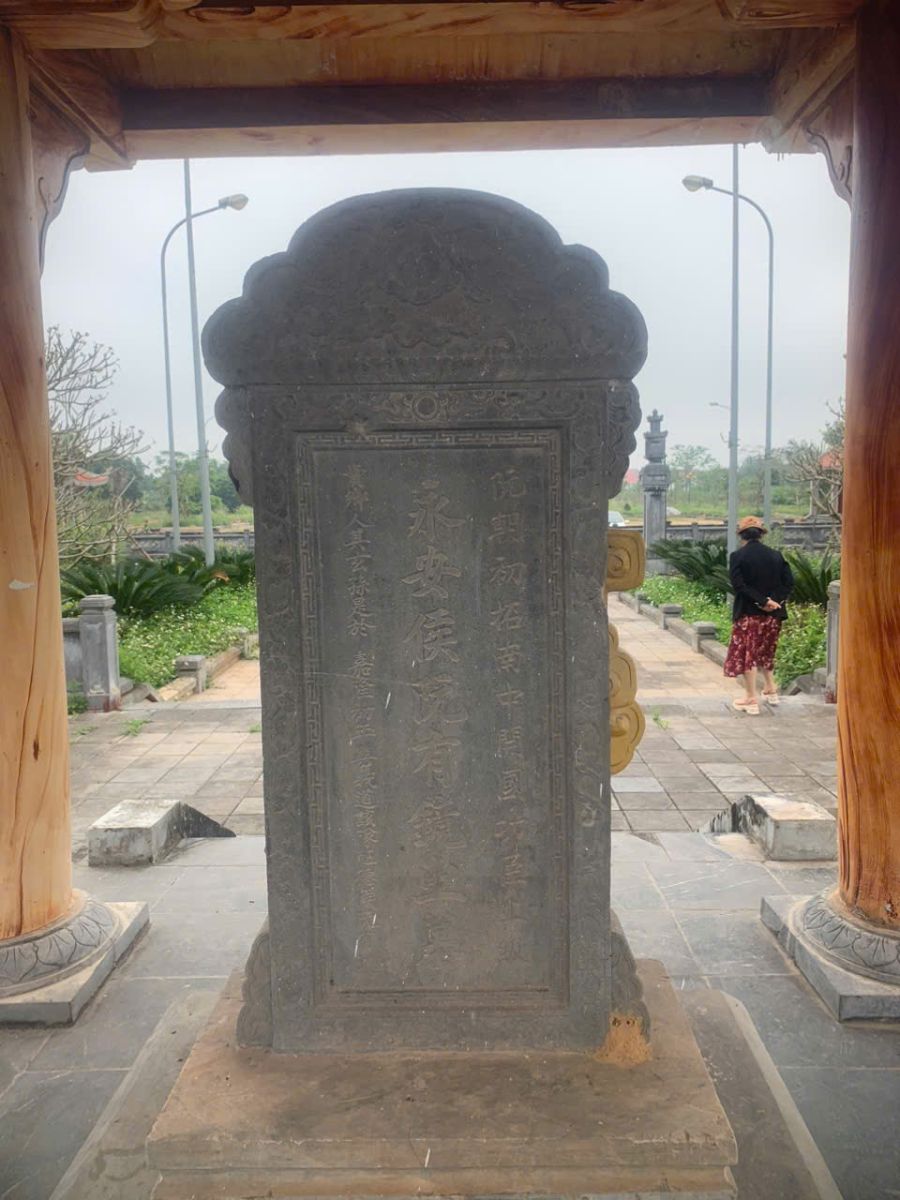
In 1802, Nguyen Huu Canh's remains were moved by his descendants to be buried in Truong Thuy commune, Le Thuy district. In the grounds of Nguyen Huu Canh's tomb, there is a stone stele about 1.2m high, carved in stone. In front of the stele are 3 lines of text translated as: The first person to expand the South, a high-ranking official of the Nguyen Dynasty ; Vinh An Marquis Nguyen Huu Kinh; The fourth generation grandson of your hometown, the officer in charge of the Hung Nghi army, Ngu Duc Marquis Nguyen Huu Man, had his tombstone erected in the early years of Gia Long.
Born and raised in a land with a tradition of humanity, Nguyen Huu Canh always had much love and treated the court officials and the people kindly. In the hearts of the people of the South, he has long been a benefactor, a saint who gave them a new life, and a pioneer who opened up the South.
Nguyen The
Source: https://baotayninh.vn/le-thanh-hau-nguyen-huu-canh-nguoi-di-mo-coi-phuong-nam-a189022.html



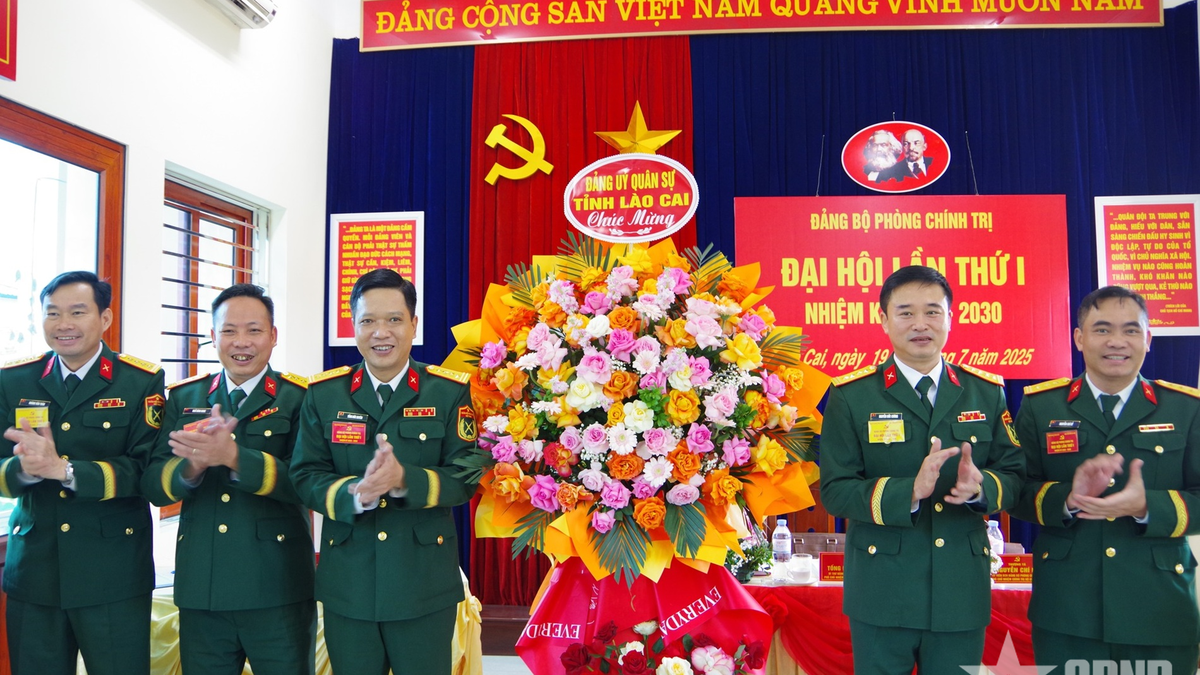
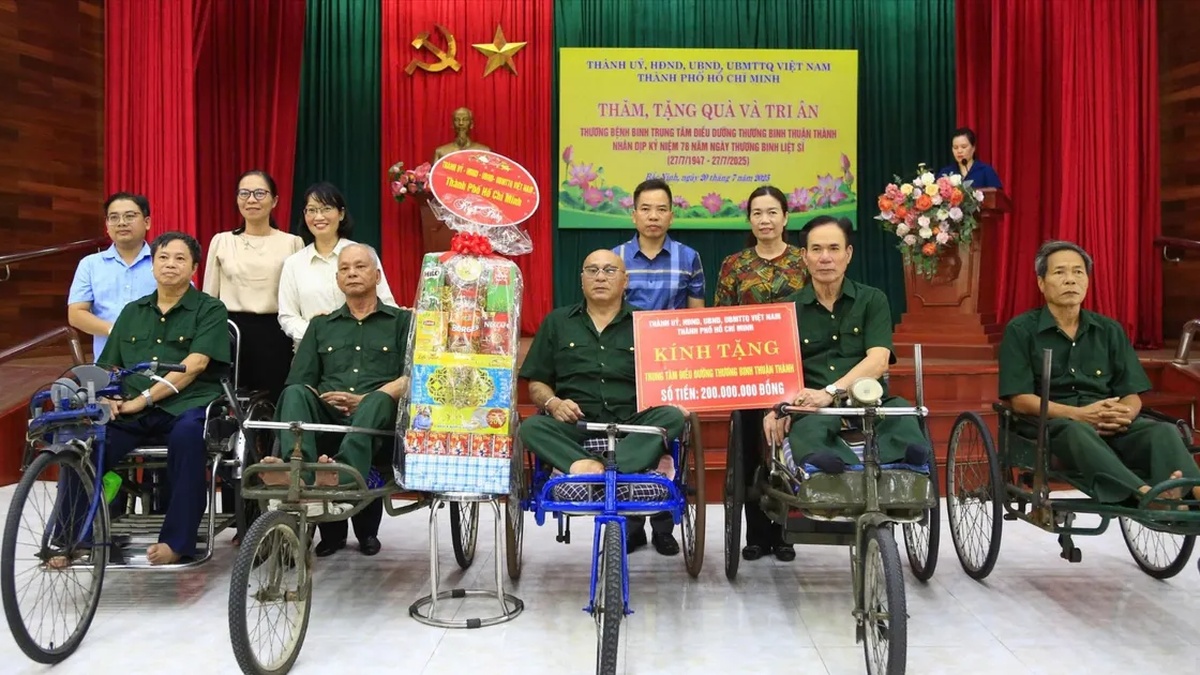

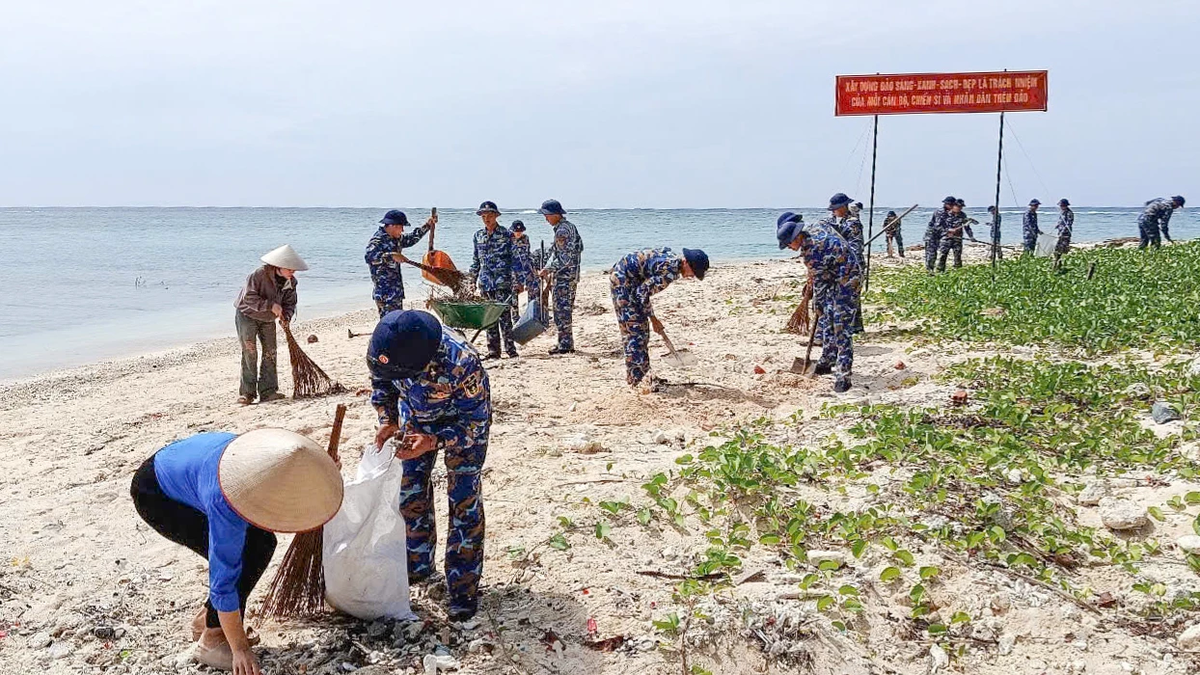
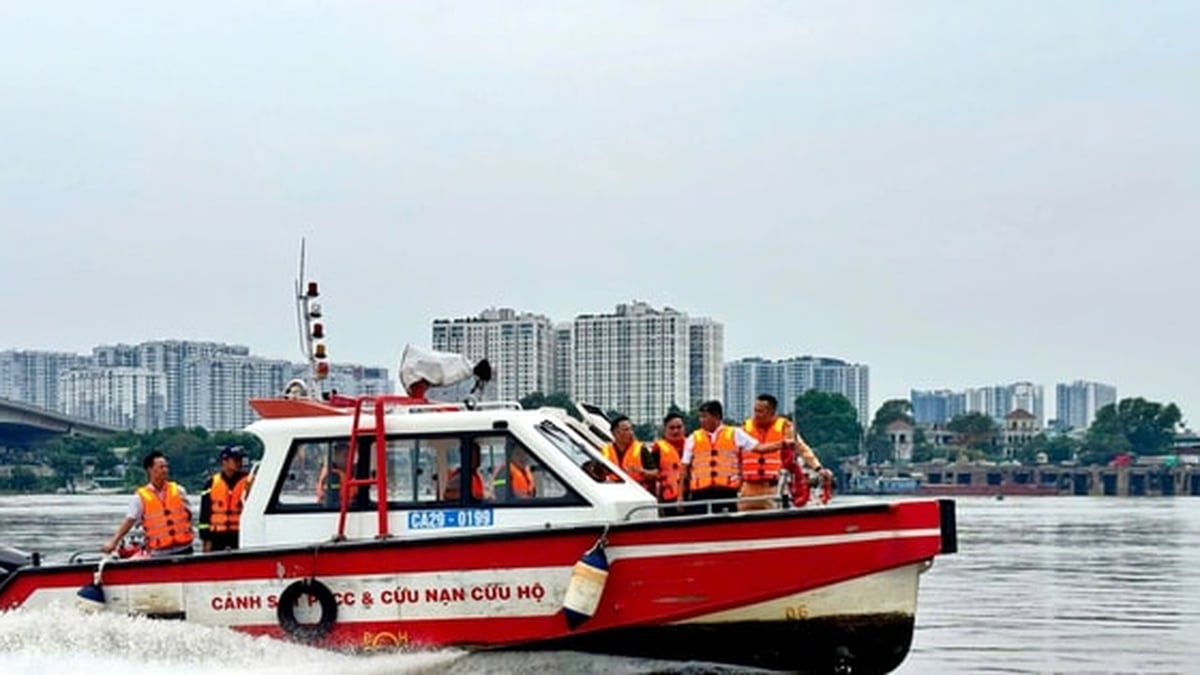


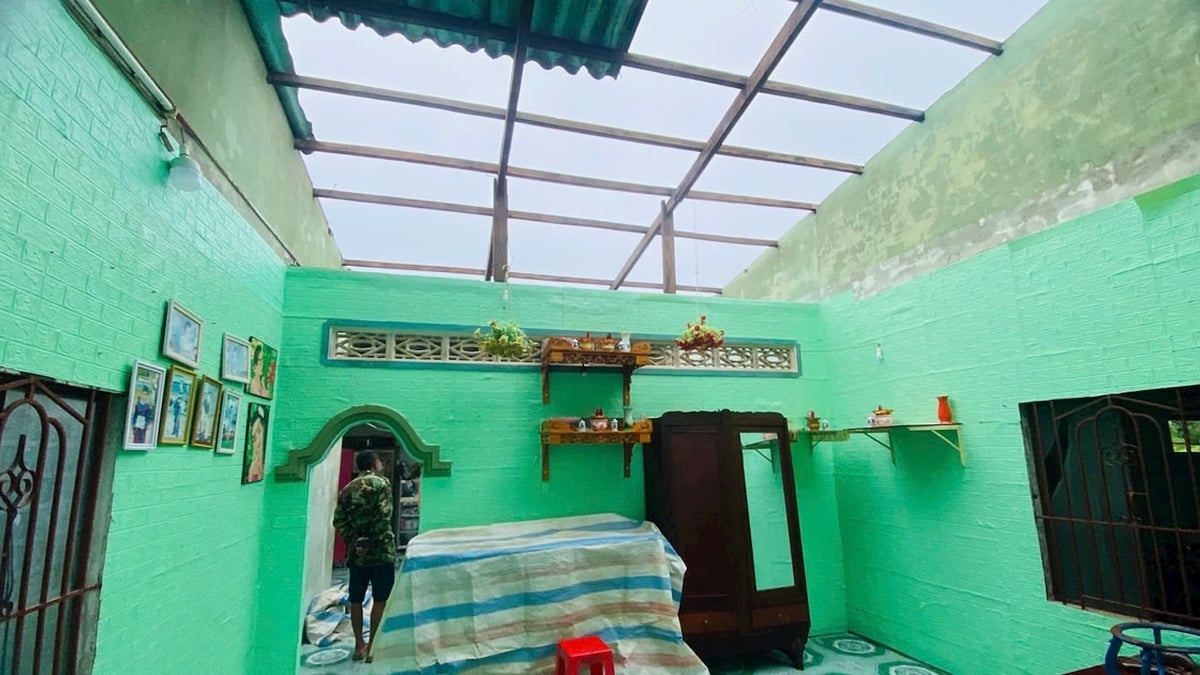
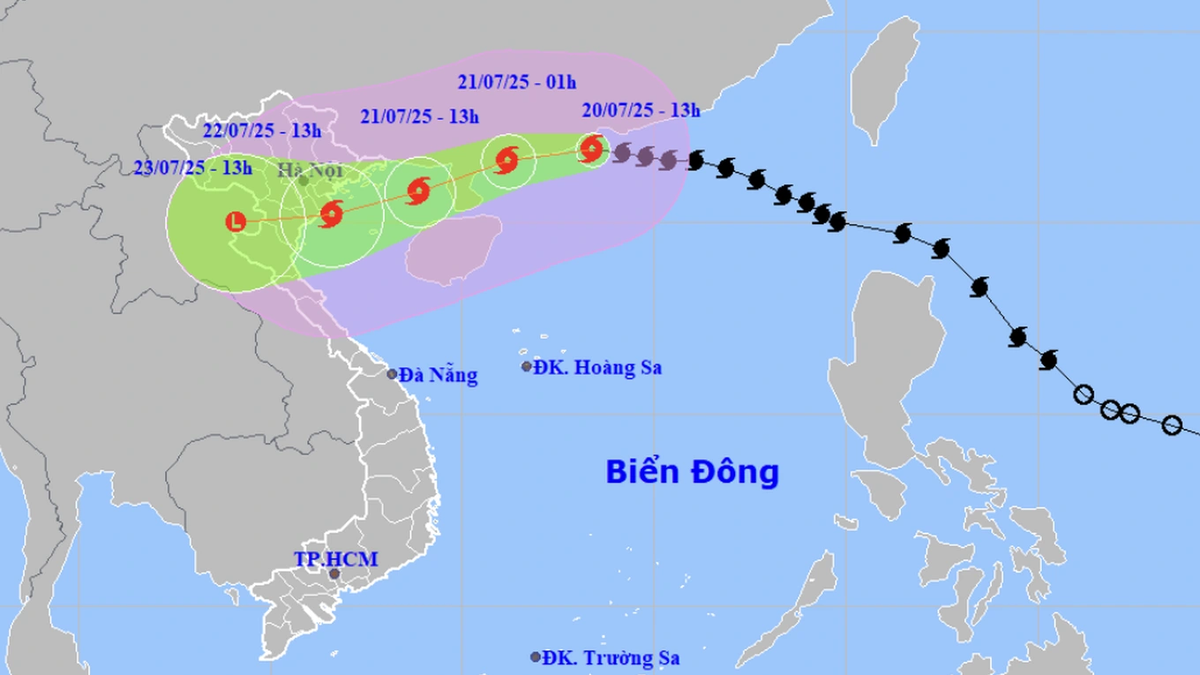
















![[Photo] National Assembly Chairman Tran Thanh Man visits Vietnamese Heroic Mother Ta Thi Tran](https://vphoto.vietnam.vn/thumb/1200x675/vietnam/resource/IMAGE/2025/7/20/765c0bd057dd44ad83ab89fe0255b783)



































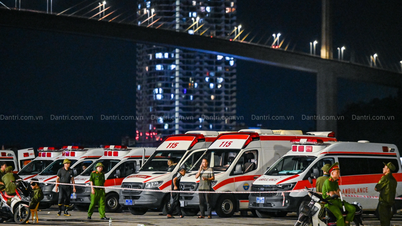


































Comment (0)